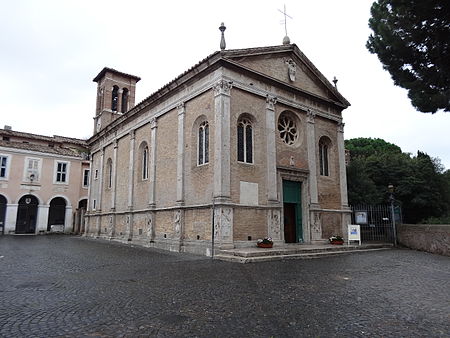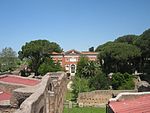Santa Aurea
15th-century Roman Catholic church buildings in ItalyInfobox religious building with unknown affiliationRoman Catholic churches completed in 1483Titular churches

The Basilica of Santa Aurea is a church situated in the Ostia Antica district of Ostia, Italy. Ostia became an episcopal see as early as the 3rd century AD. The present-day church, completed in 1483, it was the seat of the suburbicarian diocese of Ostia until 1966, when Ostia became part of the diocese of Rome.
Excerpt from the Wikipedia article Santa Aurea (License: CC BY-SA 3.0, Authors, Images).Santa Aurea
Piazza della Rocca, Rome Ostia Antica
Geographical coordinates (GPS) Address Website External links Nearby Places Show on map
Geographical coordinates (GPS)
| Latitude | Longitude |
|---|---|
| N 41.759349 ° | E 12.30185 ° |
Address
Basilica di Sant'Aurea
Piazza della Rocca
00119 Rome, Ostia Antica
Lazio, Italy
Open on Google Maps









